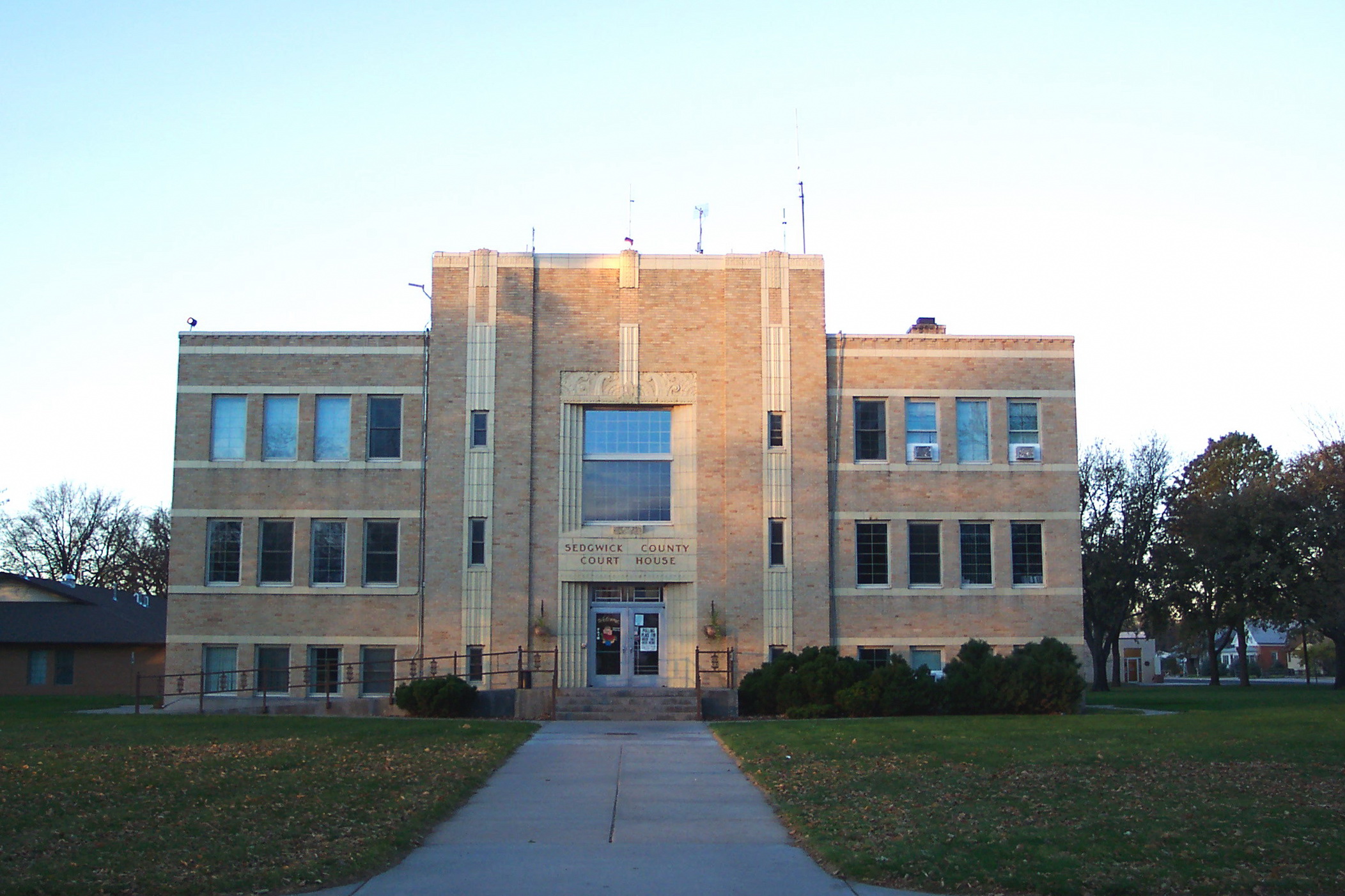

The term "Schleswig" originally referred to the city of Schleswig. Beginning in 811, the northern border of Holstein (and thus of the Empire) was the River Eider. Saxon Holstein became a part of the Holy Roman Empire after Charlemagne's Saxon campaigns in the late eighth century. The area inhabited by the tribe of the Holsts lay between the Stör River and Hamburg after Christianization, their main church was in Schenefeld. The term "Holstein" derives from Old Saxon Holseta Land, ( Holz means wood in modern Standardized German holt is a now-archaic English word for woods.) Originally, the term referred to the central of the three Saxon tribes north of the River Elbe: Tedmarsgoi ( Dithmarschen), Holstein and Sturmarii ( Stormarn). Main article: History of Schleswig-Holstein The historic settlement areas in present-day Schleswig-Holstein The Limes Saxoniae border between the Saxons and the Obotrites, established about 810 in present-day Schleswig-Holstein It is a popular tourist destination for Germans and tourists across the globe. Fishing is a major industry, and the basis of its distinctive unique local cuisine. Its offshore oil wells and wind farms produce significant amounts of energy. Its position on the Atlantic Ocean makes it a major trade point and shipbuilding site it is also the location of the Kiel Canal. Today, Schleswig-Holstein's economy is known for its agriculture, such as its Holstein cows.

After World War II, Schleswig-Holstein took in over a million refugees. More than 50 years later, after the German defeat in World War I, the Allies required that the question of sovereignty over the territory be submitted to plebiscites (the 1920 Schleswig plebiscites), which resulted in the return of some of the territory to Denmark.

But the fight broke out again in 1864 (the Second Schleswig War), and this time Prussia and Austria won and the territory was absorbed into Prussia in 1867. Prussia responded by invading, thus beginning the First Schleswig War, which ended in a victory for Denmark and the signing of the 1852 London Protocol. In 1848, Denmark tried to formally annex the area. The resulting long-term political and territorial dispute was known as the Schleswig-Holstein Question. In the 19th century, Danes and Germans each believed they had a claim to Schleswig-Holstein, the population of which was majority ethnic German. Beginning in 1460, both Schleswig and Holstein were ruled together by the Danish king acting as duke of both Schleswig and Holstein, with the latter remaining part of Germany. It bordered Holstein, which was a part of the Holy Roman Empire.
SEDGWICK COUNTY TAG OFFICE ADDRESS CHANGE FULL
Schleswig was under Danish control during the Viking Age, but in the 12th century it escaped full control and became a duchy. It covers an area of 15,763 km 2 (6,086 sq mi), making it the 5th smallest German federal state by area (including the city-states). Historically, the name can also refer to a larger region, containing both present-day Schleswig-Holstein and the former South Jutland County (Northern Schleswig now part of the Region of Southern Denmark) in Denmark. The Low German name is Sleswig-Holsteen, and the North Frisian name is Slaswik-Holstiinj. The region is called Slesvig-Holsten in Danish and pronounced. Its capital city is Kiel other notable cities are Lübeck and Flensburg. Schleswig-Holstein ( pronounced ( listen) Danish: Slesvig-Holsten Low German: Sleswig-Holsteen North Frisian: Slaswik-Holstiinj) is the northernmost of the 16 states of Germany, comprising most of the historical Duchy of Holstein and the southern part of the former Duchy of Schleswig.


 0 kommentar(er)
0 kommentar(er)
